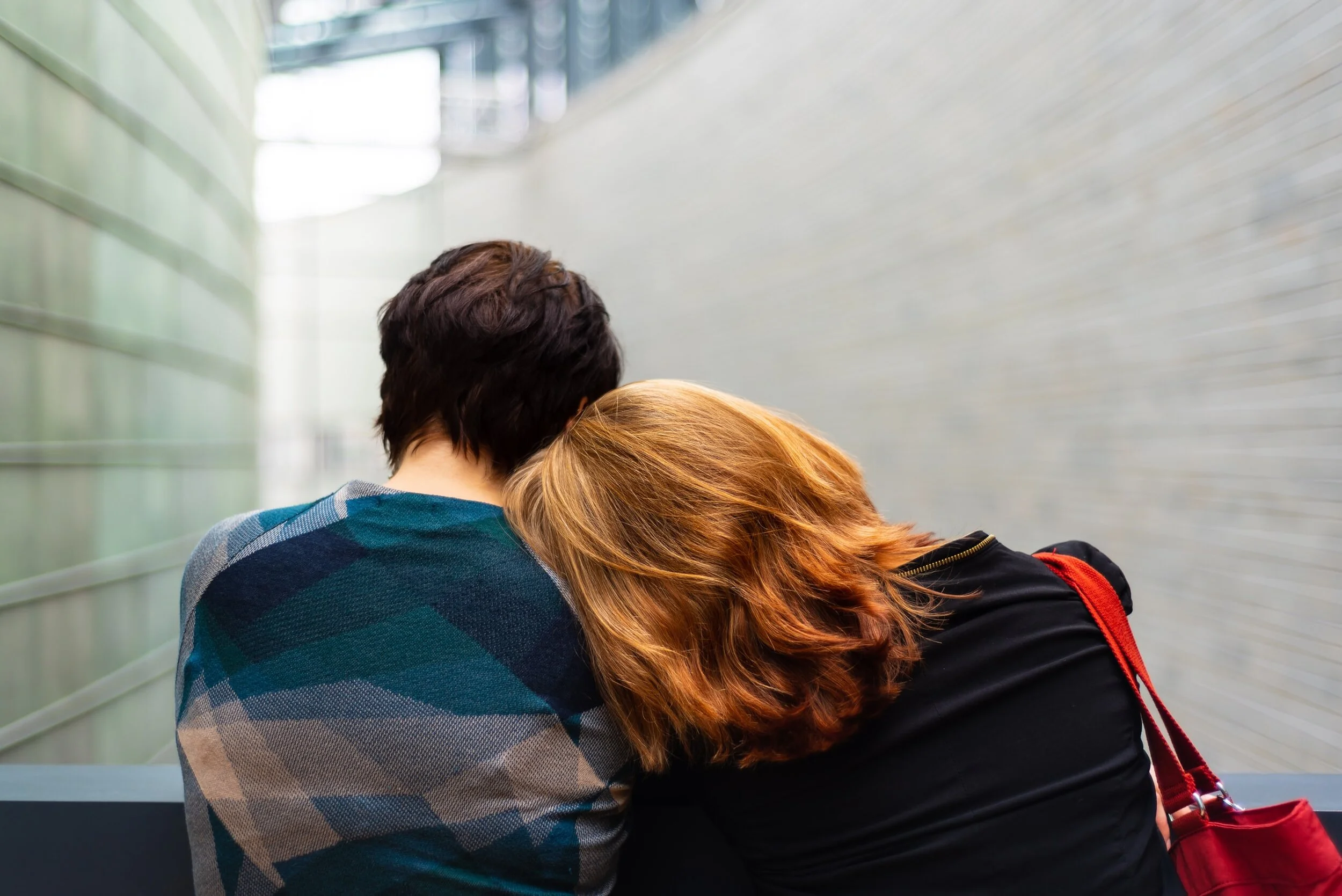VALENTINE LOVE IS FOR EVERYDAY
“The best love is felt daily and celebrated on special occasions
— not vice versa”— Lisa Merlo Booth
Valentine’s Day is an interesting day. For some people, it’s filled with th4e pressure to prove their love. For others, it’s an opportunity to be grateful for their love. For still others, it might be a reminder that they don’t feel loved or are unhappy about the way they’re loved or (fill in the blank). Suffice it to say that Valentine’s Day can mean many different things for many different people. What Valentine’s Day shouldn’t be, though, is the one day a year where we take the time to show our love.
Loving someone should feel good to you and to the person you love on a daily basis. Treating your loved one as though you love them is easier than you think; it takes minimal time and makes a tremendous impact. The trick to having your loved ones feel your love lies in the minutiae. Love shows up in the little things; a kind smile, a loving chuckle, a soft touch, an intent ear, a kind act, genuine respect, playful moments, a supportive text, forgiveness, understanding, generosity, assistance and (fill in the blank). In essence, love shows up in the moment-to-moment interactions that occur on a daily basis ,No amount of presents, creative celebrations, or amazing can make up for on-going indifference, anger, harsh words, selfishness, or lack of kindness. Love is about compassion, kindness, and grace, not occasional romantic gestures or lavish gifts a few times a year.
Challenge: Allow your Valentines Days to be a reminder to you to assess what kind of spouse/partner/friend you have been throughout the year. If upon assessment, you see that you haven’t really been that great, then your gifts should be a commitment to show up differently-every day-starting today, rather than this day only.
c:Lisa Merlo Booth Feb 2018
Wendy Allen, Ph.D, MFT is an expert in couples and marriage therapy. She has been practicing in Santa Barbara for almost 30 years. She is the only Marriage therapist in the tri-counties using the Real Relational Living model, from which all of these ideas are based upon.










